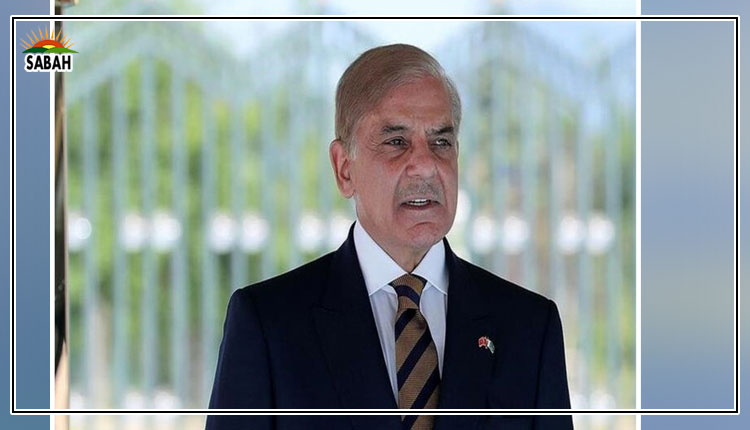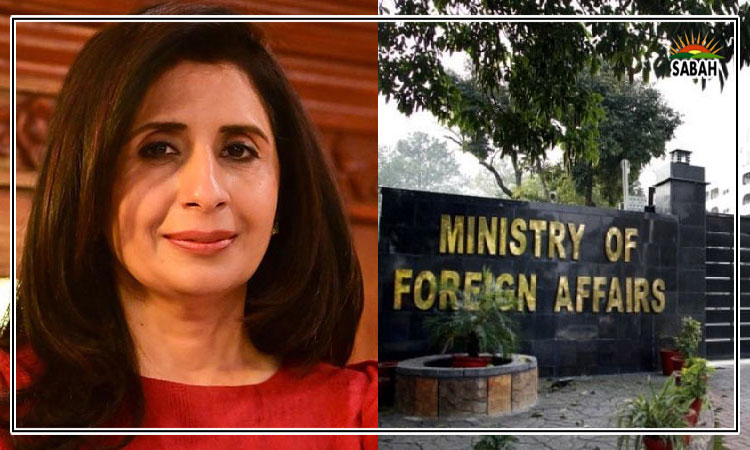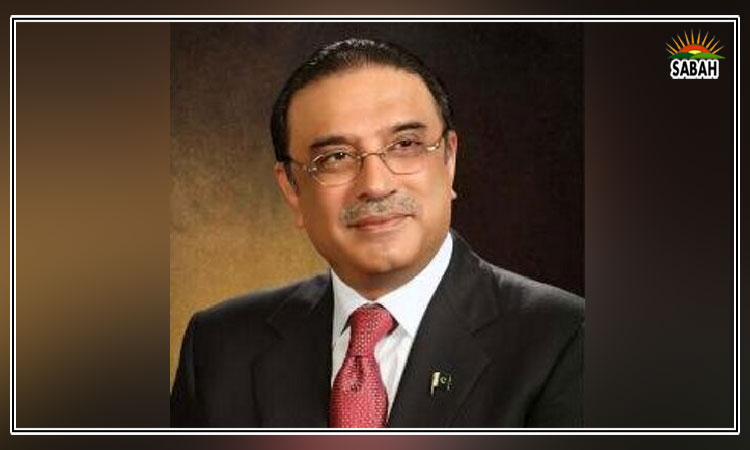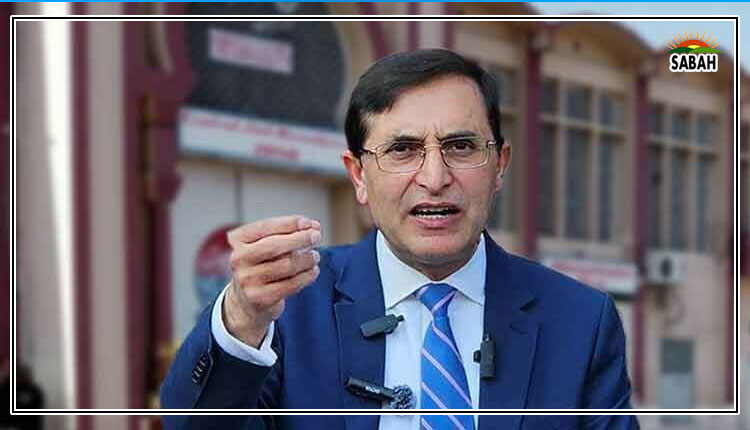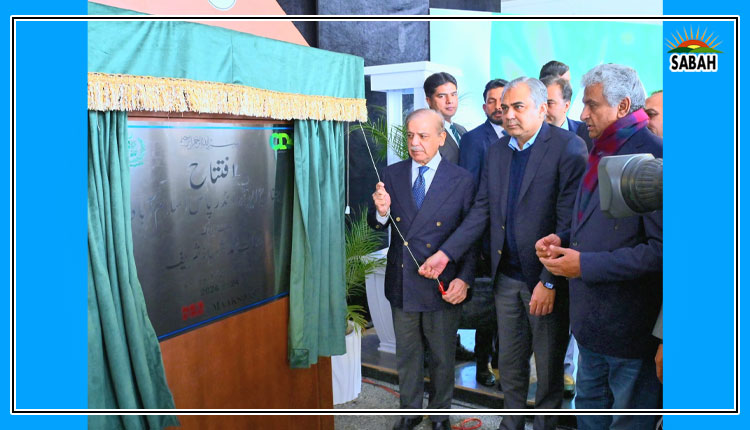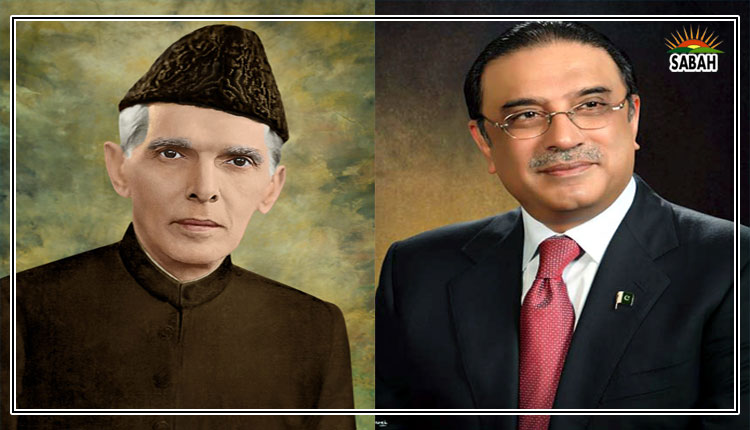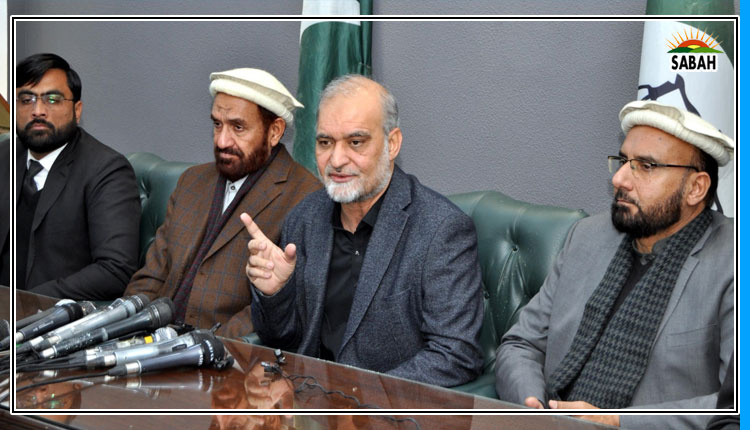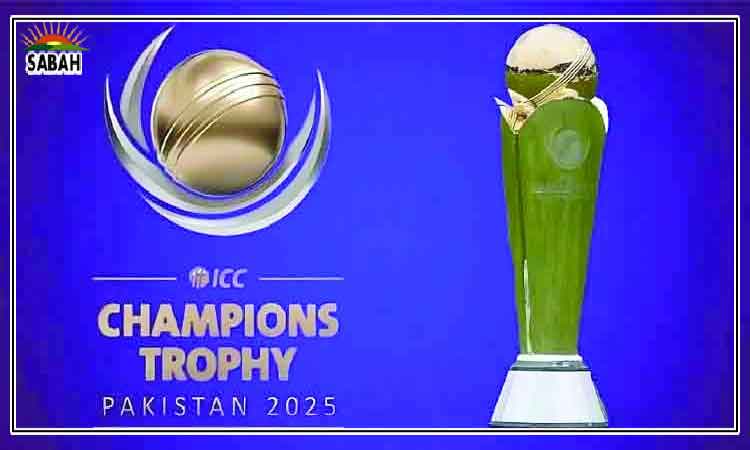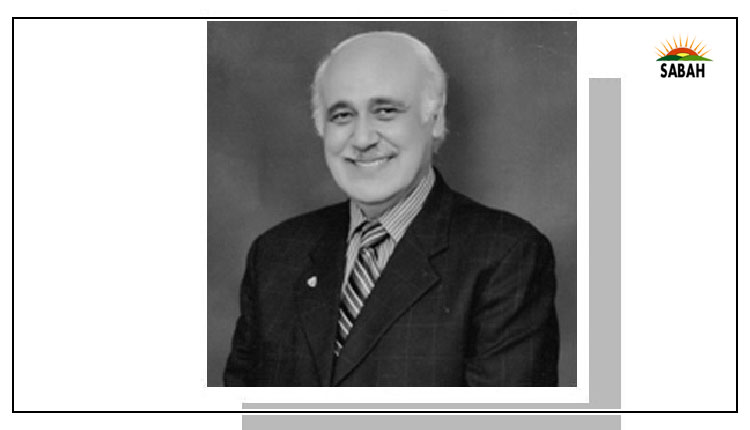‘Lamboo’ Nayar…F.S. Aijazuddin
NO one stood taller among the pique of Indian political columnists than Kuldip Lamboo Nayar. Ironically, he received that nickname from the shortest of Indian prime ministers Lal Bahadur Shastri.
Born in Sialkot, Nayar lived a long life, dying in New Delhi in 2018 at the age of 95. He had a career crammed brimful with history. Initially an Urdu press reporter, he served as editor of The Statesman, saw prison during Mrs Indira Gandhis Emergency (1975-77), became Indian high commissioner to Great Britain in 1990, and sat in his countrys Rajya Sabha in August 1997. His syndicated columns appeared in over 80 newspapers.
Just before his death, he compiled pen portraits of Leaders and Icons from Jinnah to Modi (2019). (He felt tempted to rename his book Heroes, Neros, and Zeros.) That slim volume included his recollections of Indian and Pakistani leaders M.K. Gandhi to N. Modi, and from M.A. Jinnah to Z.A. Bhutto. He knew them all perhaps, only too well.
Nayars personal trysts with destiny began early. In 1945, as a young student, he heard M.A. Jinnah speak to a sparse audience in Lahore. Nayar asked him whether after independence, Hindus and Muslims might be at each others throats. Jinnah disagreed, countering that the two new nations would live in amity, like postwar Germany and France.
Nayars personal trysts with destiny began early.
On Jan 30, 1948, he walked in Birla House, the scene of Gandhis assassination, noticing a few drops of blood glistening in the receding light.
He interviewed K. Abdul Ghaffar Khan the Frontier Gandhi who startled Nayar by asking him pointedly: Kya aap log baniya hotay ho? (Are you Indians still traders?)
In February 1999, he travelled to Lahore in PM Atal Bihari Vajpayees peace bus yatra from Amritsar to Lahore. An advocate of Indo-Pak amity, he renewed his commitment each year by lighting a peace candle on Wagah border on Aug 14-15.
Nayar had unbridled admiration for Jawaharlal Nehrus commitment to democracy and secularism. He thought less of Indira Gandhi, and even less so after being imprisoned by her for his abrasive articles. Nayar could see that Sanjay Gandhi held sway over her. He asked Sanjay how long did he think he and his mother could get away with their authoritarian tactics? Sanjay replied: In my scheme of things, there were to be no elections for three to four decades.
Kuldip describes Z.A. Bhutto as brilliant, audacious, and adventurous [but] arrogant. Bhutto asked Nayar, now that he had met Indira, Sheikh Mujib and himself, did he not agree that he (Bhutto) deserved to be prime minister of the subcontinent?
At Shimla, Nayar insists, Bhutto had accepted the ceasefire line as an international border, meaning thereby that Pakistan would retain the territory it held in Kashmir (called Azad Kashmir), and India the rest of the Valley, Jammu and Ladakh. (PM Modis subsequent abrogation of Article 370 had early roots.)
Nayars plethora of Pakistani friends included Faiz Ahmed Faiz whose verses (if not his recitation) he admired. Nayar believed that Faizs humanity was his religion. He asked Faiz who was his favourite singer. To his surprise, Faiz did not say Iqbal Bano nor Noor Jehan. He opted for Nayyara Noor.
On one of his trips to Lahore, Kuldip Nayar asked to meet Noor Jehan. He was taken to a film studio in Model Town. Not recognising her at first (he remembered her as the Baby Noor Jehan of her Bombay days), he began by asking how many songs had she sung. Her witty response? Na hi gaano ka shumaar hai, aur na hi gunahon ka (Neither can I remember the number of records, nor count the number of sins I have commit-ted).
Nayar met Nawaz Sharif during his exile in Jeddah. He did not accept Sharifs assertion that he knew nothing about Kargil. (Nayar drew a comparison with Bhuttos denial about prior knowledge of the 1965 war.)
After Sharifs ouster, Nayar interviewed A.B. Vajpayee. Vajpayee told him: Nawaz Sharif sacrificed himself for us. Referring to the back-channel talks between R.K. Mishra and Niaz Naik, Vajpayee added: We were almost there. Years later, PM Manmohan Singh expressed the same regret over the failure of the S.K. Lambah/ Tariq Aziz talks.
Like many others, Nayar commented on Sonia Gandhis use of Manmohan Singh as her stalking horse. He too noticed how unhappy Manmohan Singh looked when occupying the chair ahead of Sonia Gandhi, his benefactor. After Nayars death in 2018, his ashes crossed Wagah border where he had lit candles each year, and then were immersed by co-peaceniks in the river Ravi.
Before his death, Nayar predicted that PM Modi is not likely to take any initiative on Pakistan. Neither then, nor it would appear ever again in PM Modis political lifetime.
The writer is an author.
www.fsaijazuddin.pk
Published in Dawn, September 12th, 2024
Courtesy Dawn


